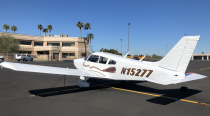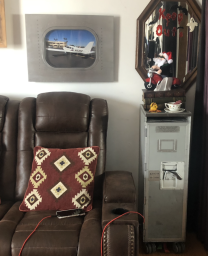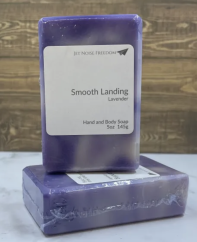
Airline Liability
Types of Aviation Lawsuits
Wrongful Death: In addition to researching all causation, fault and liability issues, aviation attorneys gather information involving financial estate matters, present and future financial losses, and other losses. Damages arising from wrongful death fall into the following categories: economic loss (lost income), non-economic loss (pain and suffering), survival damages (fear, grief, sorrow), and punitive or exemplary damages.
Personal Injury: When injured due to the negligence or careless actions of others, a victim may be entitled to payment for various damages. Depending on the victim and the injury, these may include compensatory damages (property damages, medical expenses, lost earnings, "other" damages and future damages), general damages, loss of consortium, emotional damages, and punitive or exemplary damages.
Product Liability: Product liability law is complex and differs from general personal injury law. Claims are usually based on state laws and brought under theories of breach of warranty, negligence or strict liability. Consulting an attorney immediately is important as there is a legally defined time frame in which you may bring a claim (statute of limitations).
Class Actions: Other nations' laws sometimes permit class actions to be brought to redress mass disaster losses. Aviation attorneys have brought such class actions in several countries and have teamed with foreign co-counsel to work for their clients.
Multi-national and Cross-Border Litigation: Aviation attorneys, together with foreign co-counsel, have sought justice for plaintiffs of various nationalities in many countries. With more and more U.S. airlines flying foreign-manufactured aircraft, any air crash has the potential to present multinational and multilingual litigation. Aviation attorneys have tracked defendants, evidence and assets on multiple continents and in dozens of countries, including hostile nations and terrorist states.
Adobe Acrobat document [9.2 MB]
Contract of Carriage
A binding agreement (evidenced usually by an air waybill, bill of lading, or passenger ticket) which contains conditions of carriage that spell out the obligations and rights of a carrier and a shipper/passenger. The carrier undertakes to deliver goods/passengers from a named place of departure to a named destination, in consideration for freight/fare. This contract addresses issues associated specifically with what is being carried, and how the liability and compensation for damage or injury to (or loss of) the goods/passengers is assessed, apportioned, and paid. In airline, cruise ship, and other passenger-transport industries, it contains also the carrier's policy regarding baggage, bumping, cancellation and delays, claims, reservations, ticket validity, etc.
United Airlines Customer Property Claim Form
eCFR Part 254 - Domestic Baggage Liability
Contracts of Carriage: Deciphering murky airline rules
General Conditions of Carriage - Air France
American Airlines International General Rules Tariff
American Airlines Conditions of Carriage
Adobe Acrobat document [286.3 KB]
September 11th Victim Compensation Fund of 2001
Air Transportation Safety and System Stabilization Act of 2001
In the event of an airplane crash, aviation attorneys are to wait 45 days prior to contacting the families of the victims - 49 USC 1136
Otherwise, as happened in NY, they could be in violation of the ethics rules and receive a Letter of Caution and Admonition.
Adobe Acrobat document [85.7 KB]
Case 29: Stone v. Continental Airlines, 804 N.Y.S.2 652 (N.Y.C. Civ. Ct. 2005)
DOT: Bumping & Oversales
Contact Me
Sarah Nilsson, J.D., Ph.D., MAS
602 561 8665
You can also fill out my
Get Social with Me
Legal Disclaimer
The information on this website is for EDUCATIONAL purposes only and DOES NOT constitute legal advice.
While the author of this website is an attorney, she is not YOUR attorney, nor are you her client, until you enter into a written agreement with Nilsson Law, PLLC to provide legal services.
In no event shall Sarah Nilsson be liable for any special, indirect, or consequential damages relating to this material, for any use of this website, or for any other hyperlinked website.
Steward of
I endorse the following products
KENNON (sun shields)









